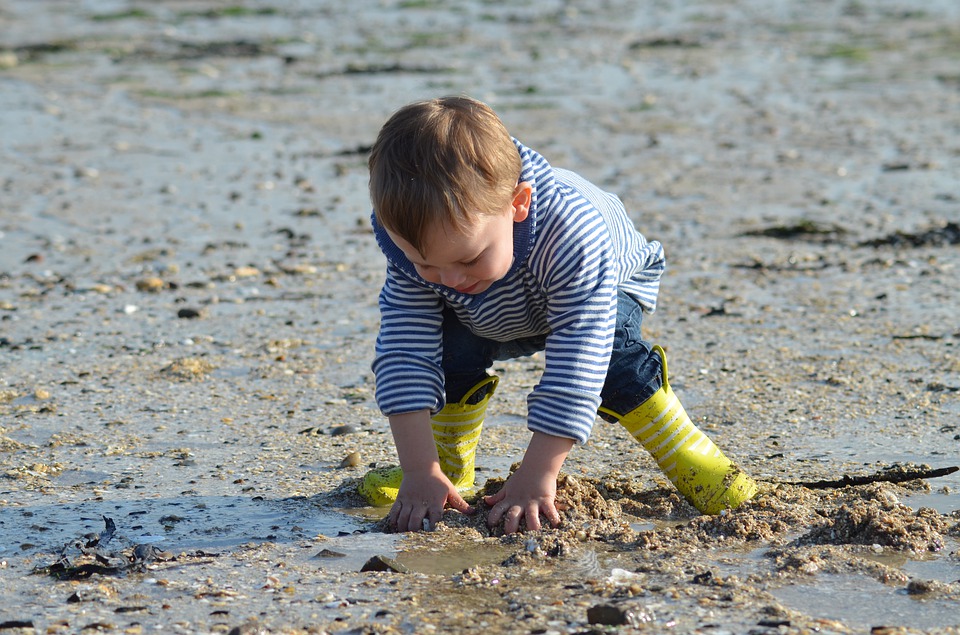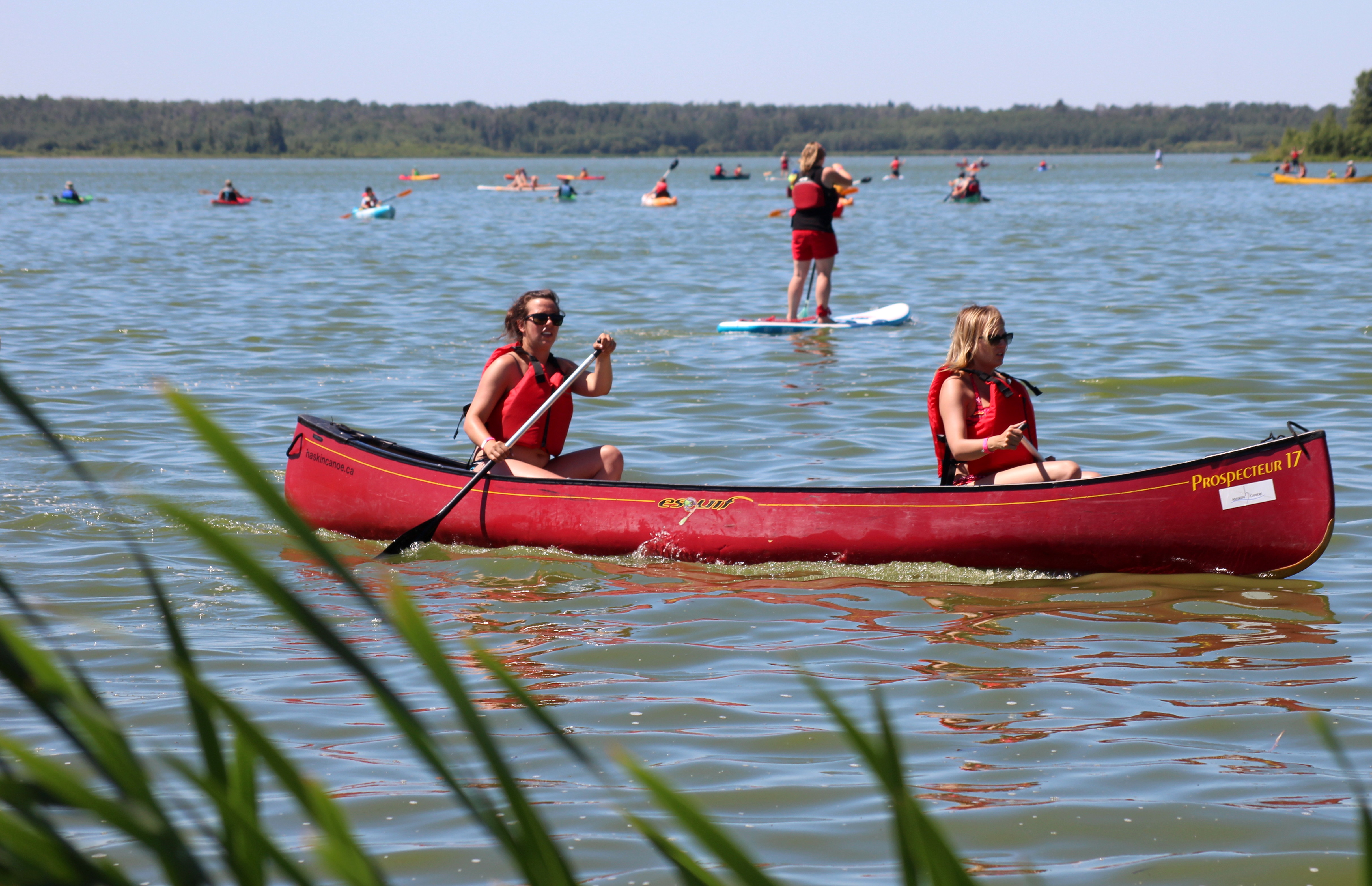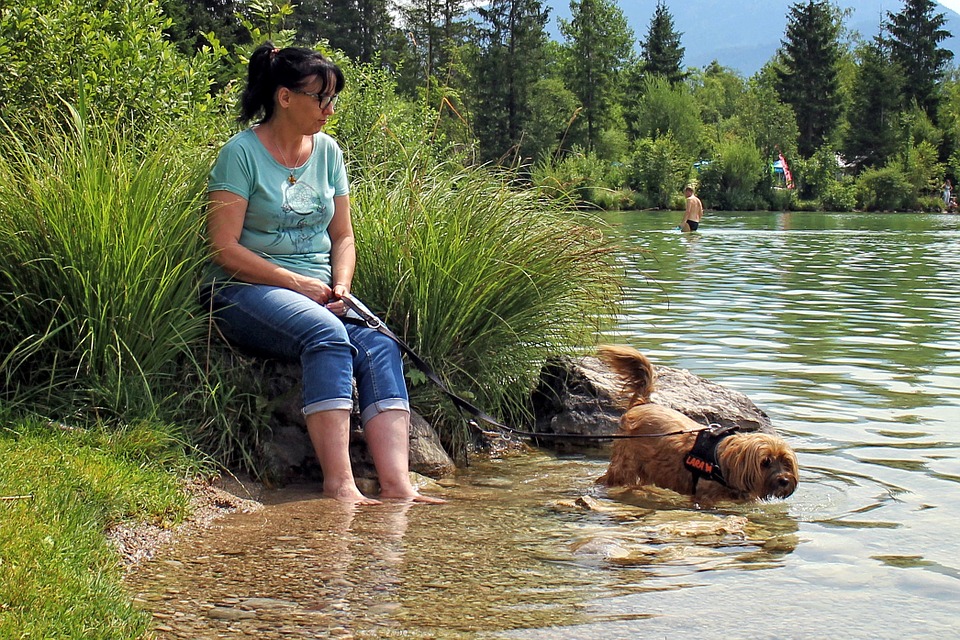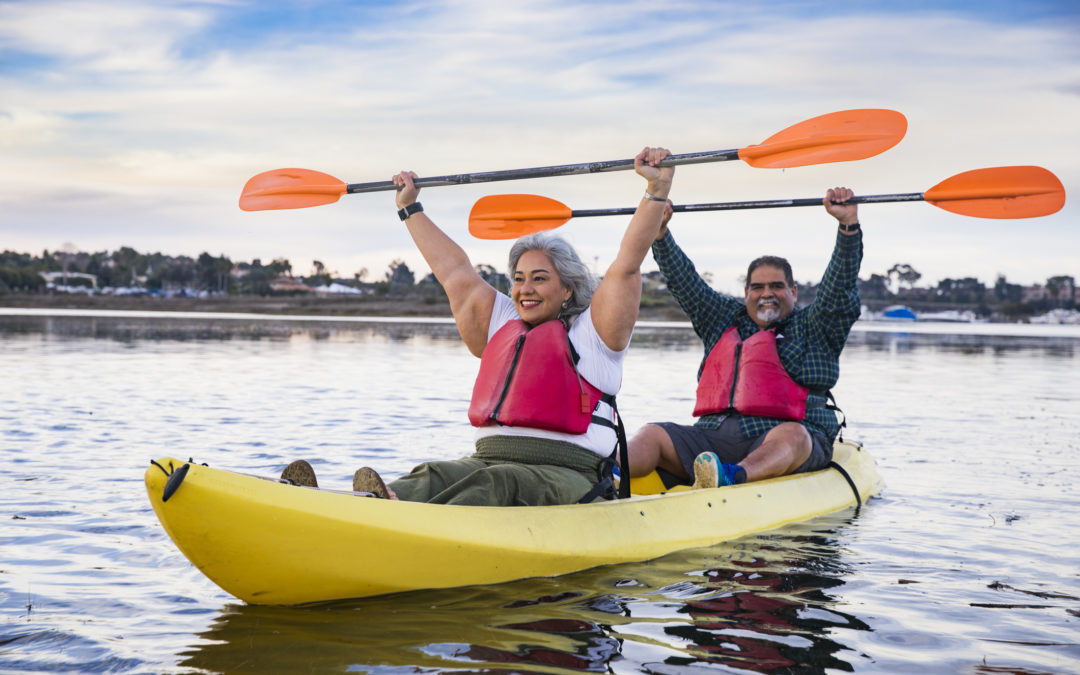Summer is here, and with it comes fun activities like days in the park, stand up paddle boarding, floating in the river, camping and barbecues! It’s important to use sunscreen consistently while playing outside.
Sunscreen protects your skin, the body’s largest organ, from damage from the sun. Though sunshine is essential for skin to produce vitamin D, too much exposure to the sun’s ultraviolet (UV) rays can lead to sunburn or skin cancer. Skin cancer is the most common form of cancer in the United States; 20% of people will be diagnosed with it in their lifetime.
There are two types of UV rays, and they cause different kinds of damage.
- UVA rays – These are also called “aging rays” because they cause wrinkles and age spots and can pass through window glass.
- UVB rays – These are also called “burning rays” because they cause sunburns. UVB rays cannot affect you through window glass.
Because UVA rays can go through glass, it’s important to make sunscreen part of your healthy routine. According to a study published in a 2015 edition of Science, your body can get UVA damage from even one minute out in the sun. Also, skin pigment cells can continue to be damaged from this exposure even after you get out of the sunlight.
Sun exposure also damages our DNA and creates genetic mutations; these increase our risk of skin cancer. Protecting our skin daily with sunscreen will limit these risks.
We often think to pack sunscreen in the summer months, when the weather is clear and bright, but it’s important to remember that sunscreen should be used year-round. On cloudy days, up to 80% of the sun’s UV rays can still reach our skin.
Snow, sand and water reflect the sun’s rays, so it’s even more important to use sunscreen appropriately if you’re spending time on the dunes, in the water or on the slopes.

The Connection to Vitamin D
Vitamin D can only be made by exposure to sunlight. It only takes 10-15 minutes for our bodies to produce enough vitamin D. This nutrient helps build and maintain healthy bones and benefits the immune system, digestive system, nervous system and circulatory system.
Human skin contains a type of cholesterol that becomes vitamin D when we are exposed to UVB rays, which must be obtained directly, since they are blocked by window glass. Vitamin D made with the sun may last longer in the body than those from food or supplements.
As the body ages, skin becomes less efficient at producing vitamin D. Additionally, people with darker skin need to spend more time in the sun due to the melanin (pigment) in their skin.
There’s also the geography factor. Living in the pacific northwest, a fair distance from the equator, there are less opportunities to sufficiently produce vitamin D year-round because the angle of the sun rays at this latitude do not efficiently produce vitamin D.

Making Vitamin D while Wearing Sunscreen
So, do you have to go outdoors without sunscreen to produce vitamin D? You don’t! Multiple scientific studies have shown that our skin can make vitamin D even when we’re wearing sunscreen.
Because no sunscreen blocks 100% of UVB rays, you’ll always be getting a little exposure, even with routine and proper sunscreen use. Those rays are enough to help your skin produce vitamin D if you’re in the sunshine for 10-15 minutes.
The Skin Cancer Foundation recommends always applying sunscreen before spending time outdoors; this will not prevent vitamin D production but will protect you from UVA rays, DNA damage, sunburns and skin cancer.

Other Ways to Get Vitamin D
If you’re worried about too much exposure to the sun, you can get vitamin D through food. Seafood, especially fatty fish, can help you get enough vitamin D. Tuna, mackerel, sardines and anchovies are all rich in vitamin D. Oysters and shrimp also have more vitamin D than other foods.
If you don’t like seafood, or if you’re a vegetarian, mushrooms are the way to go. Mushrooms, like people, produce their own vitamin D! Though wild mushrooms usually have more vitamin D than those grown for consumption, you can purchase mushrooms treated with UV light to get extra vitamin D, especially if you are not an experienced mushroom collector.
Egg yolks are another way to get enough vitamin D. Pasture raised chicken eggs have the most vitamin D as these birds spend more time outdoors. The vitamin D content of pasture raised eggs can be four times greater than the amount in conventionally raised chickens. However, chickens fed a diet of vitamin D enriched grain can also help you reach your daily intake of vitamin D.
Some foods, such as orange juice, cow’s milk, plant-based milks, tofu or yogurt, may be enriched with vitamin D. The United States Department of Agriculture requires that all milk in the US is supplemented with vitamin D; this is one of the most common ways we can add vitamin D to our diets. Other foods are supplemented too – cereals and juices.
It is important to note that dairy products like yogurt, cheese and sour cream are not required to add vitamin D, so most do not. You can check the nutrition facts label on the back to see if there is vitamin D in those products.
Supplements can be a way to get enough vitamin D; talk with your doctor to see if supplements are right for you.

Choosing a Sunscreen
When choosing a sunscreen, be sure to pick one that has an SPF of 30 or higher. SPF 30 will block 97% of UVB rays. Higher SPF numbers will block more of the UVB rays, but it doesn’t mean the protection lasts longer. Remember, no matter what the SPF is, you’ll need to reapply sunscreen every two hours, especially after sweating or swimming.
It’s important to use sunscreen as instructed on the container. Whether you use a spray or a traditional sunscreen, you should apply sunscreen on all exposed skin 15 minutes before you go outside and use a lip balm with SPF of 30 or higher.
In addition to protecting your skin, you can protect your eyes with UV protective sunglasses. Medical professionals also recommend hats, loose clothing and finding shade to protect yourself from sunburn and heat exhaustion.
Oregon offers so many ways to enjoy the outdoors, so be safe, use sunscreen and have a wonderful summer break! We look forward to blogging again in August!

Resources and Related Reading:
Vitamin D – Skincancer.org
6 Things You Should Know about Vitamin D – Harvard Health
Does Sunscreen Compromise Vitamin D Levels? – Science Daily
Sunscreen FAQs – American Academy of Dermatology
Vitamin D 101 – Healthline
How to Increase Vitamin D – Healthline
8 Reasons to Wear Sunscreen This Summer – Unity Point Health
Skin – National Geographic

